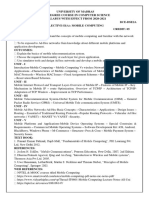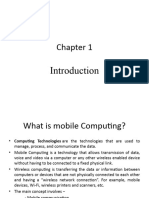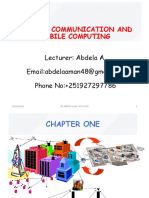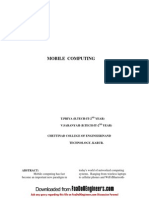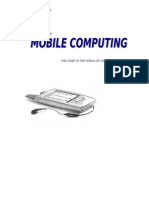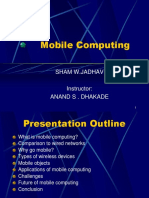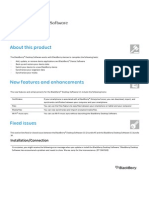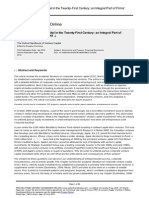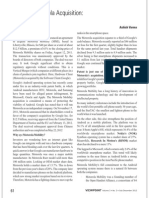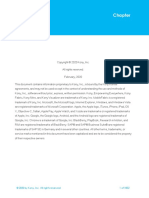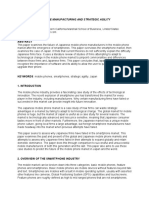0% found this document useful (0 votes)
254 views38 pagesChapter 2 - Mobile Computing
The document discusses mobile computing and related technologies. It covers topics such as mobile operating systems, mobile hardware, mobile communication infrastructure, and the goals of gaining an understanding of wireless communication technologies, mobile networks, and mobile application development. The goals include understanding topics such as mobile IP, 3G technologies, the mobile transport layer, and mobile middleware services and security.
Uploaded by
JONAS J JONASCopyright
© © All Rights Reserved
We take content rights seriously. If you suspect this is your content, claim it here.
Available Formats
Download as PDF, TXT or read online on Scribd
0% found this document useful (0 votes)
254 views38 pagesChapter 2 - Mobile Computing
The document discusses mobile computing and related technologies. It covers topics such as mobile operating systems, mobile hardware, mobile communication infrastructure, and the goals of gaining an understanding of wireless communication technologies, mobile networks, and mobile application development. The goals include understanding topics such as mobile IP, 3G technologies, the mobile transport layer, and mobile middleware services and security.
Uploaded by
JONAS J JONASCopyright
© © All Rights Reserved
We take content rights seriously. If you suspect this is your content, claim it here.
Available Formats
Download as PDF, TXT or read online on Scribd
/ 38



